
Elinor Ruth Tatum is the publisher and editor-in-chief of the New York Amsterdam News (“AmNews”), but she’s also the steward of one of the nation’s most important Black-press titles.
The New York Amsterdam News’ first edition was published on Dec. 4, 1909, by James H. Anderson. He started with just $10, a leaded pencil and a half-dozen pieces of paper, laying out that first issue atop a dressmaker’s table. He named his newspaper after the avenue where he lived in Manhattan and sold copies for 2 cents. In 1930, it became the second Black newspaper to be admitted to the Audit Bureau of Circulation, and in 1936, the paper unionized across all departments.
Elinor Tatum’s father, Wilbert A. Tatum, served as the chairman and publisher when the Amnews Corporation owned the paper. He acquired the title in 1996 — ultimately passing the news business down to his daughter. Newsroom reporters were still using typewriters when she became publisher, and email was novel. But she led the organization through a digital transformation to become the multiplatform news agency it is today.
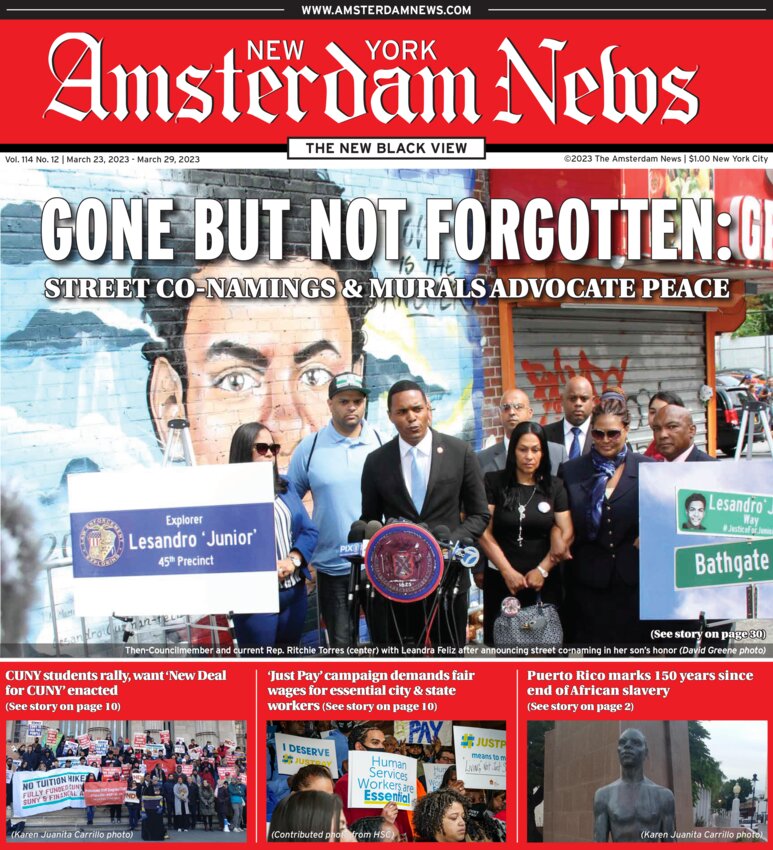
Today, the Black-owned and operated AmNews covers local, national and international news, including politics, Black wealth, education, religion, Black history, sports, arts and entertainment, and news about unions. It has 2,000 print subscribers and 10,000 more readers based on newsstand sales. According to the media kit, the website garners 387,000 unique web visitors monthly, and its “Editorially Black” newsletter has 18,000 subscribers.
Forming an investigative reporting unit has been on Tatum’s mind for many years, but she said she couldn’t figure out how to fund it. Investigative journalism can be time-consuming and expensive to produce.
Blacklight
Damaso Reyes met Elinor Tatum in the mid-1990s at a protest. He was a teenager and an aspiring journalist at the time, and she invited him to submit his protest photos to the paper. He was paid for his work, which he delivered in the form of film rolls, and it sparked a freelance relationship with the paper that spanned decades. Now he’s AmNews’ investigative editor.
“One of the reasons I became a journalist was because I had a problem with how my community was being covered,” Reyes told E&P. “When I was growing up in New York City, I felt like the coverage was inaccurate. I didn’t feel like it was holistic, and that’s because people were reporting about my community who weren’t from my community. They didn’t have the context or understand the nuance. If somebody got shot, they came in, hung out for a couple of hours, and left until somebody else got shot. But that was not my day-to-day experience. That’s not the day-to-day experience of most people who live in my community. So, I thought maybe I should be one of the people telling the stories because I had that perspective.”
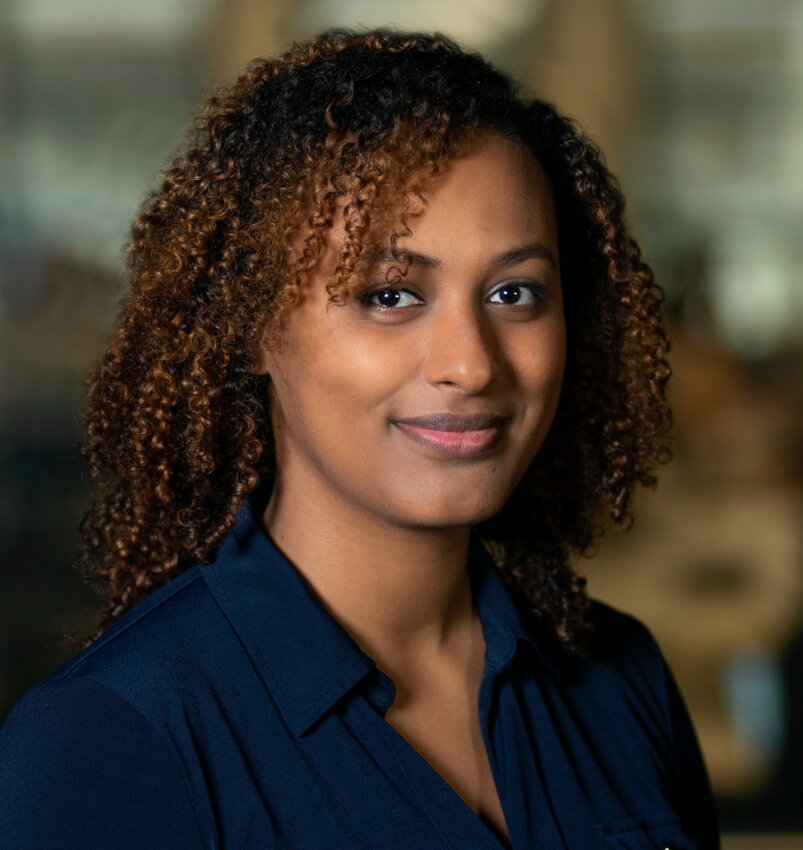
In 2020, as the global pandemic came to New York City, Reyes proposed that AmNews tap into philanthropy to finance a new investigative initiative, Blacklight. The Chan Zuckerberg Initiative provided funding to get the team started, as well as a two-year grant for a new science reporter, Helina Selemon.
“Communities of color were — and still are — being disproportionately impacted by COVID, so we felt it was important to highlight the challenges and misinformation,” Reyes explained.
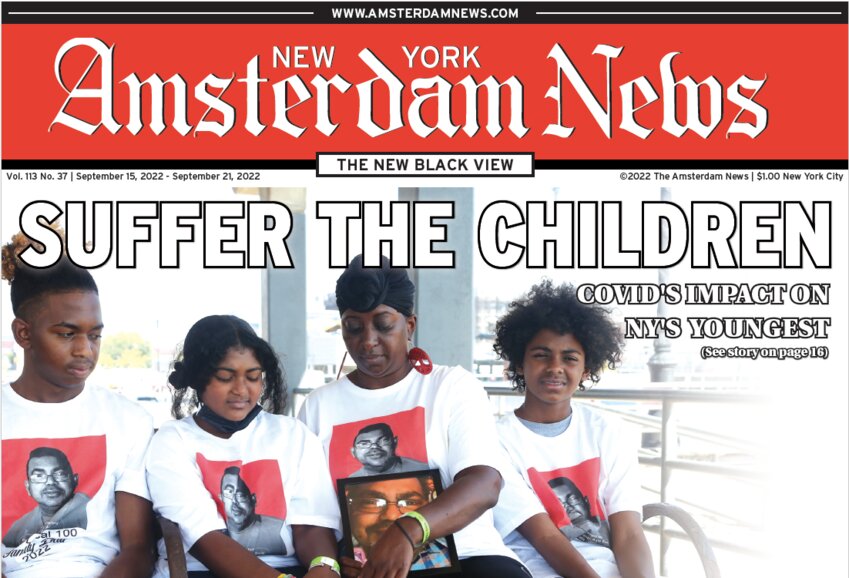
“There was a lot of misinformation out there, but there is also misinformation that is specific and endemic to communities of color. We felt it was a great opportunity to help educate our community about what’s accurate and what’s inaccurate, so misinformation wouldn’t continue harming our community,” he said. AmNews partnered with the Mailman School of Public Health at Columbia University to help separate COVID facts from fallacies.
For more than two years, AmNews’ COVID coverage was among the most popular content on the website. Reyes said a piece about children who lost a caregiver or parent to COVID is a finalist for the New York Association of Black Journalists’ Ed Bradley Award for Excellence in Investigative Journalism.
People power
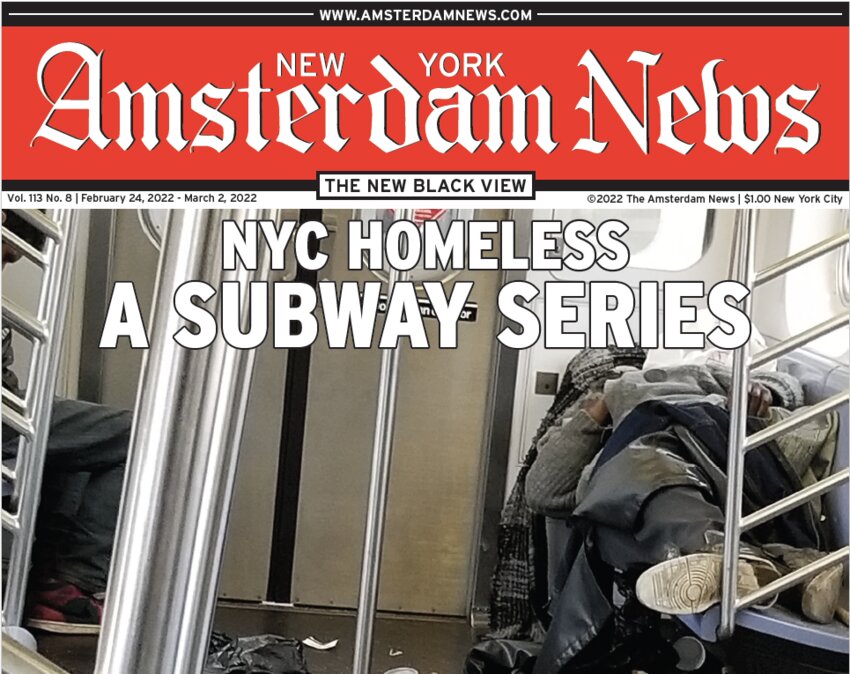
“Our employees are so important to us — being able to give them the resources that they need to both do their jobs and also to be able to live is so important,” Tatum told E&P.
“We are a union shop. We provide healthcare for our employees and their families. We try to take care of our folks,” she said.
AmNews offers internship opportunities to aspiring journalists.
“I was an intern in the mid-‘90s and benefitted quite deeply from that. … We’ve had many great journalists come through our program, and obviously, it’s wonderful to add some capacity to our newspaper. But it’s really an opportunity for young journalists who might not get an internship elsewhere. They have the opportunity to contribute to the paper in a really meaningful way,” Reyes said.
“This wonderful institution supported me very early in my career. It gave me an outlet. It gave me credentials and the opportunity to do the kind of work I wanted to do,” Reyes reflected.
He recounted how he traveled the world during and after college, reporting from Rwanda, Indonesia, Iraq, Tanzania and Europe for the paper. “We live in an interconnected and interdependent world,” he continued. “What happens halfway across the world impacts us here in New York.”
“We’ve also developed an expanded relationship with Report for America,” Reyes said. “We currently have two Report for America Corps members and are about to add a third this summer.” The third Report for America Corps journalist will work exclusively with the Blacklight team on “Beyond the Barrel of the Gun.”
Reporting on gun violence
“Beyond the Barrel of the Gun” was born out of a cohort led by the Local Media Association (LMA), where members shared ideas on reporting initiatives they wanted to launch and how they might be funded. Tatum envisioned a three-year investigative series on gun violence, which would “amplify the solutions that are already working” and possibly discover others.
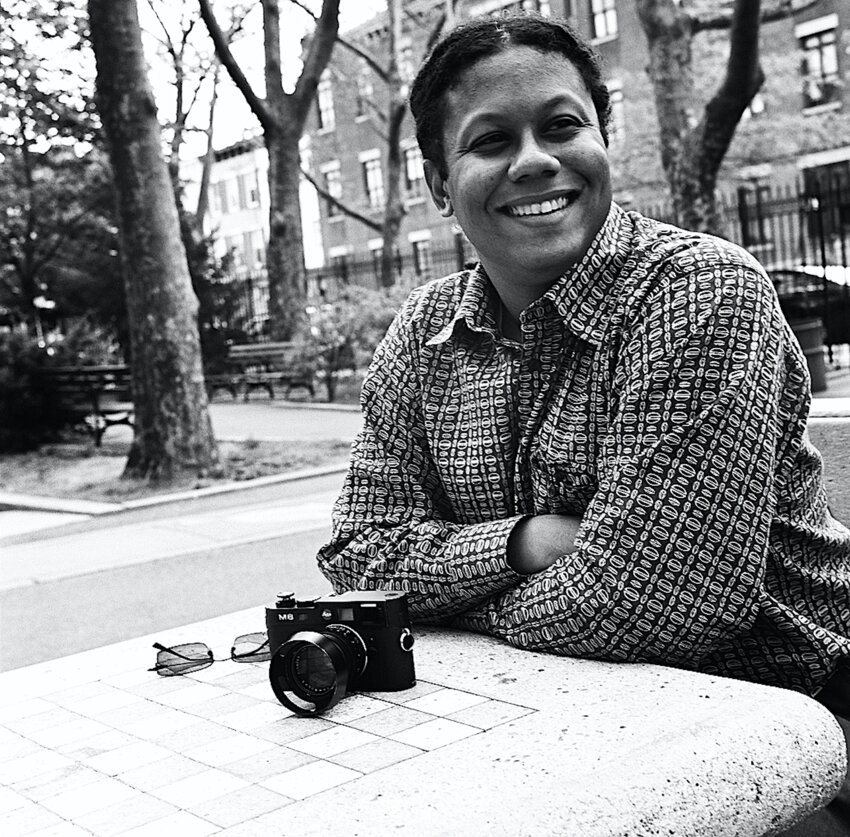
“First, we’ll look at the root causes of gun violence in Black and brown communities,” Reyes explained. “As journalists, we often spend most of our time reporting on what has happened. You don’t necessarily have the time or inclination to discuss why this happened.”
“But when you have something like gun violence, which is a massive problem, the only way you’re really going to understand it is to understand the root causes. That’s the first question we want to answer: Why? Why does this exist? Why does this disproportionately impact our communities? Next, we’ll want to look at the societal impact of gun violence in our communities,” Reyes said.
They’ll examine gun violence through an intersectional lens, demonstrating how the ripple effects move through the community. “We have to look holistically at problems and stop thinking about them in terms of siloes,” Reyes said.
Finally, the investigative team will cover the solutions, whether they’re proposals from politicians or the people and organizations “on the ground” working on ways to solve the scourge of gun violence.
“We feel it's not enough to identify a problem or call it out. It’s also our responsibility to address it, to analyze and sometimes criticize the solutions out there,” Reyes said.
The investigative editor credited Publisher and Editor-in-Chief Elinor Tatum for her leadership and vision. “As a leader, as a publisher, she has always been open to new ideas and always open to pushing the envelope. It makes sense that all of this is happening at this newspaper.”
Tatum’s father passed away in February 2009, 10 months shy of the New York Amsterdam News’ 100th anniversary. “Before he died, my father said to me, ‘You know, let’s just get her through 100 years,’ sort of giving me permission to do whatever I wanted after that. But that wasn’t good enough for me. I believe it can endure. I believe it can thrive because I believe it’s necessary,” Tatum said.
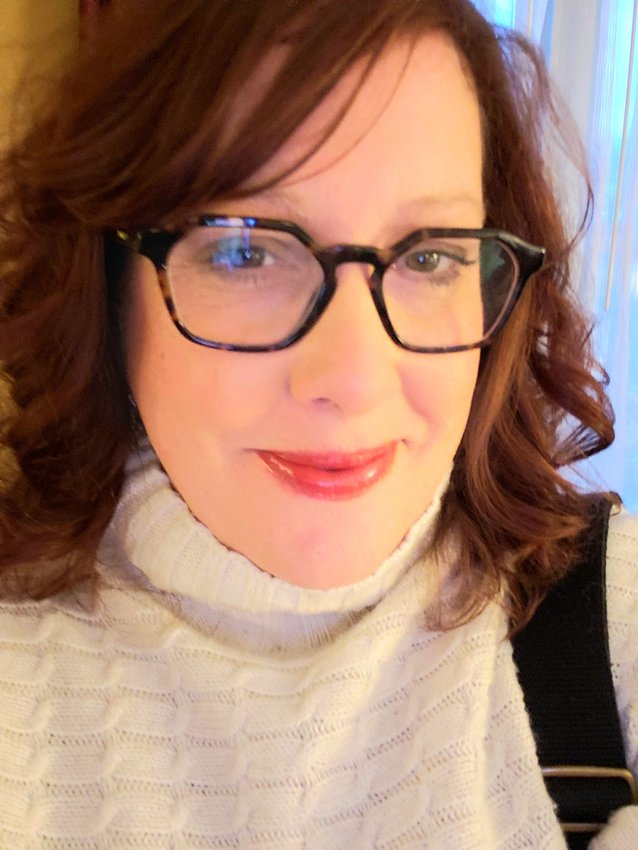 Gretchen A. Peck is a contributing editor to Editor & Publisher. She’s reported for E&P since 2010 and welcomes comments at gretchenapeck@gmail.com.
Gretchen A. Peck is a contributing editor to Editor & Publisher. She’s reported for E&P since 2010 and welcomes comments at gretchenapeck@gmail.com.
Comments
No comments on this item Please log in to comment by clicking here